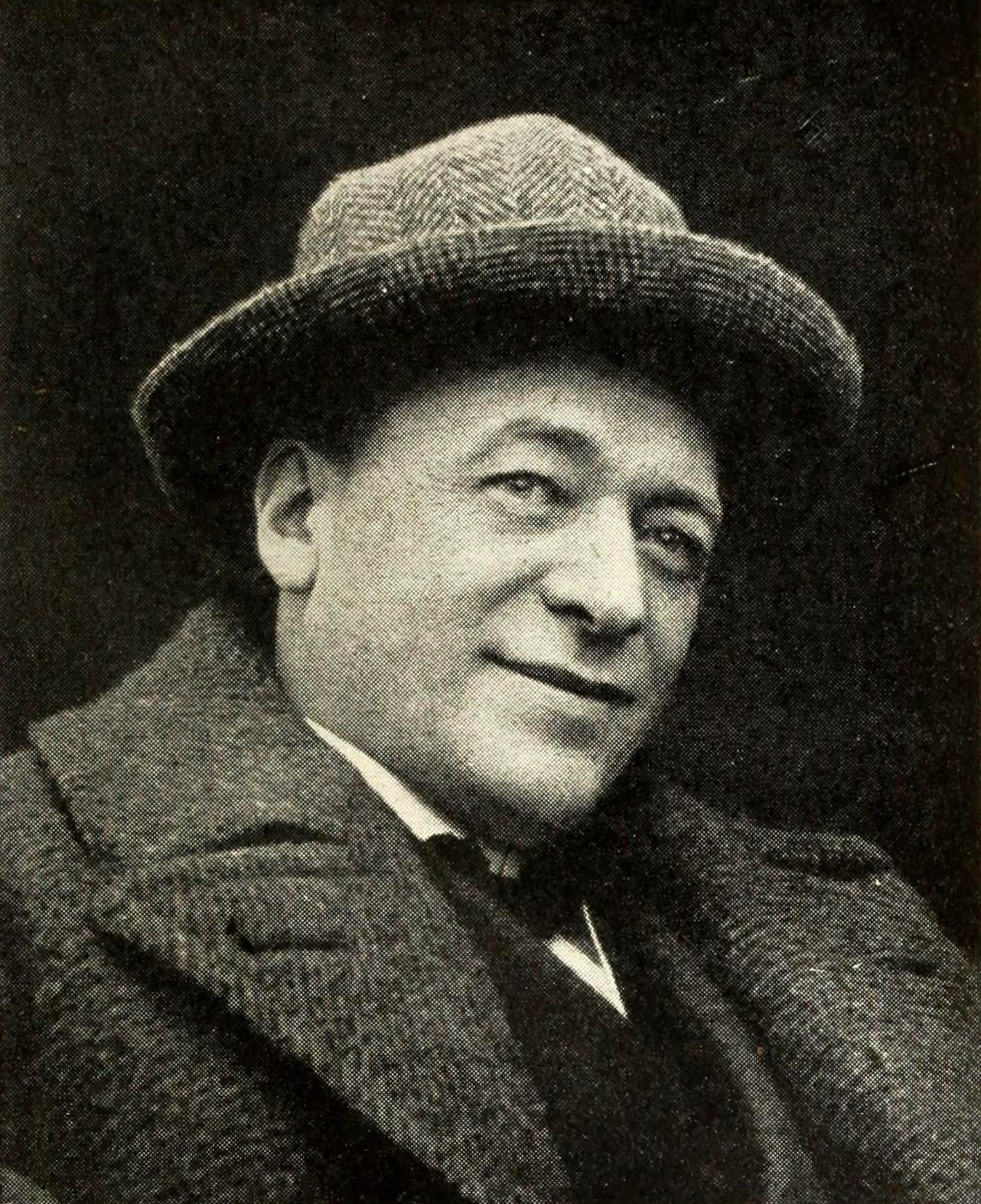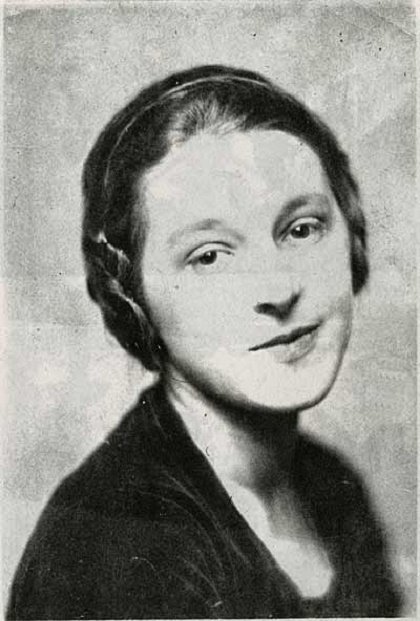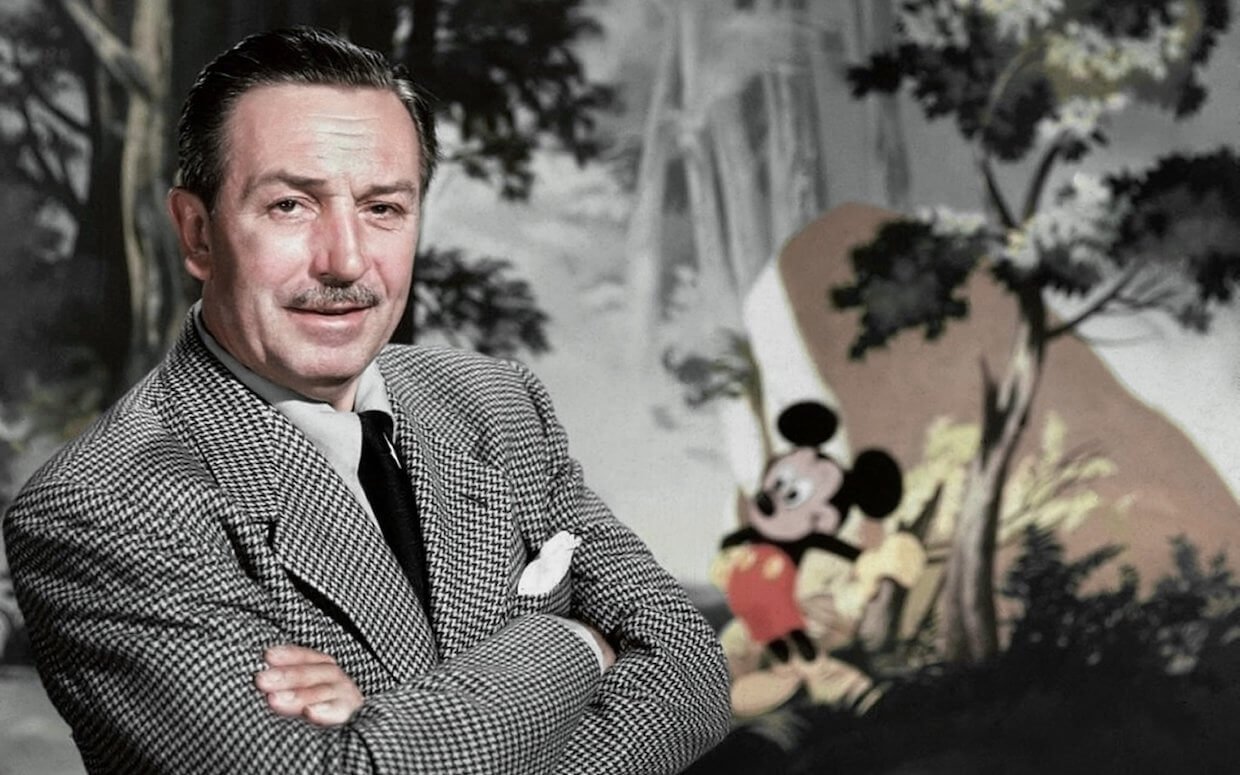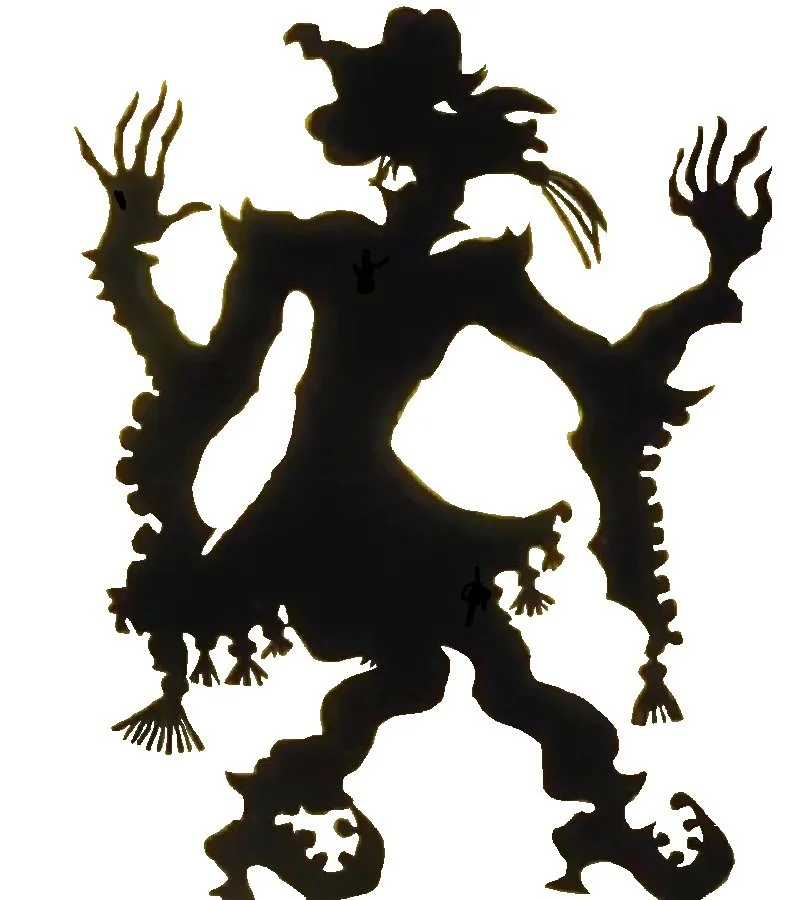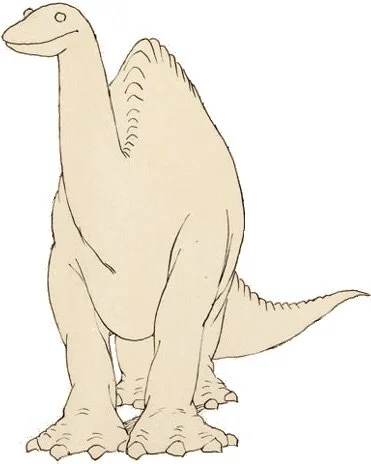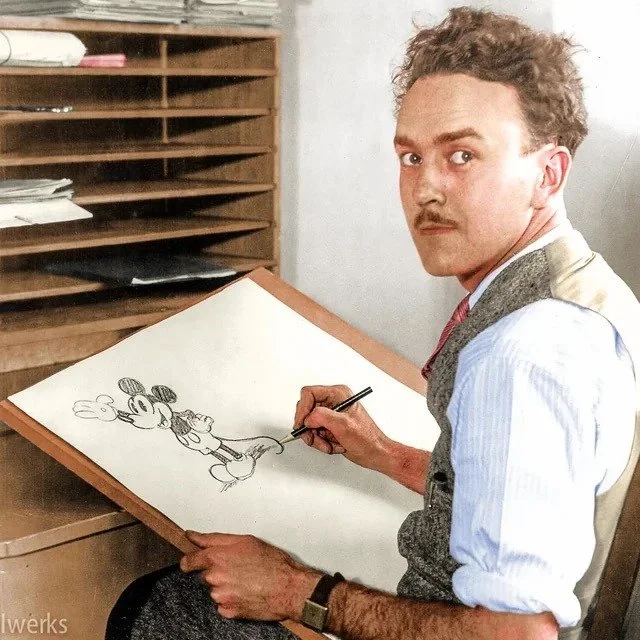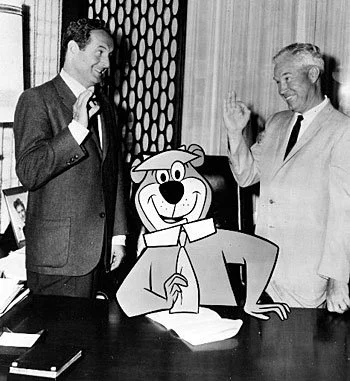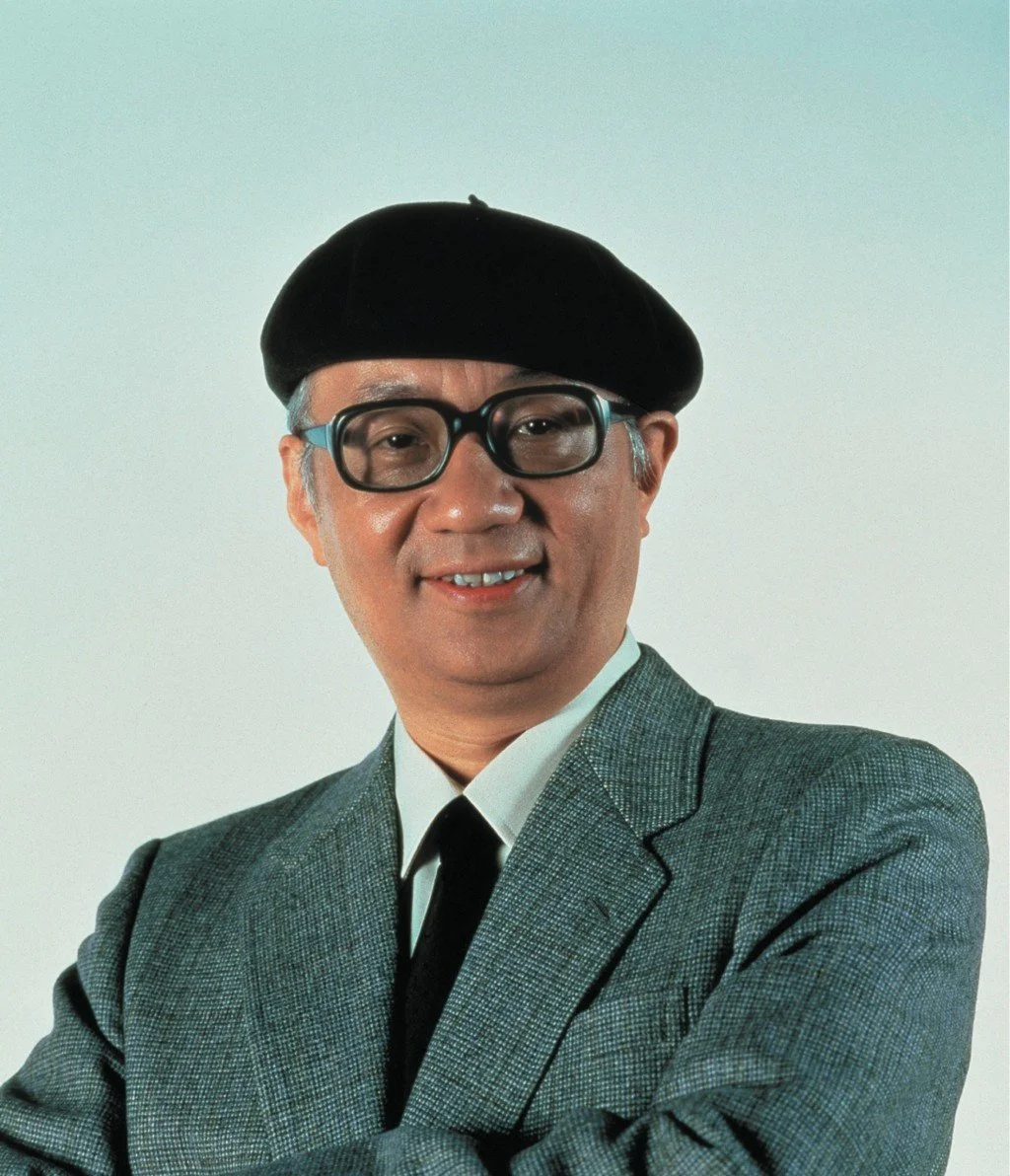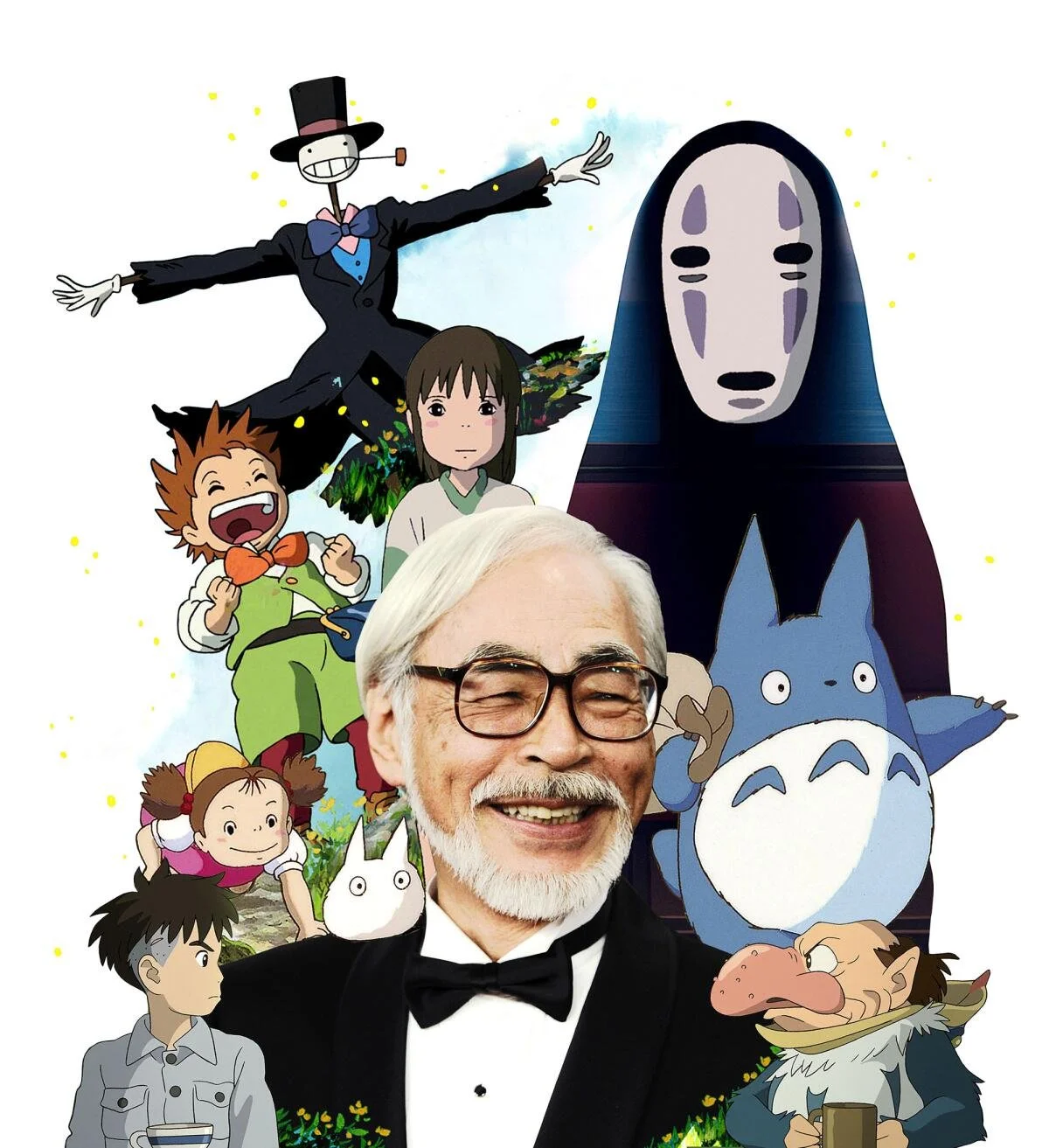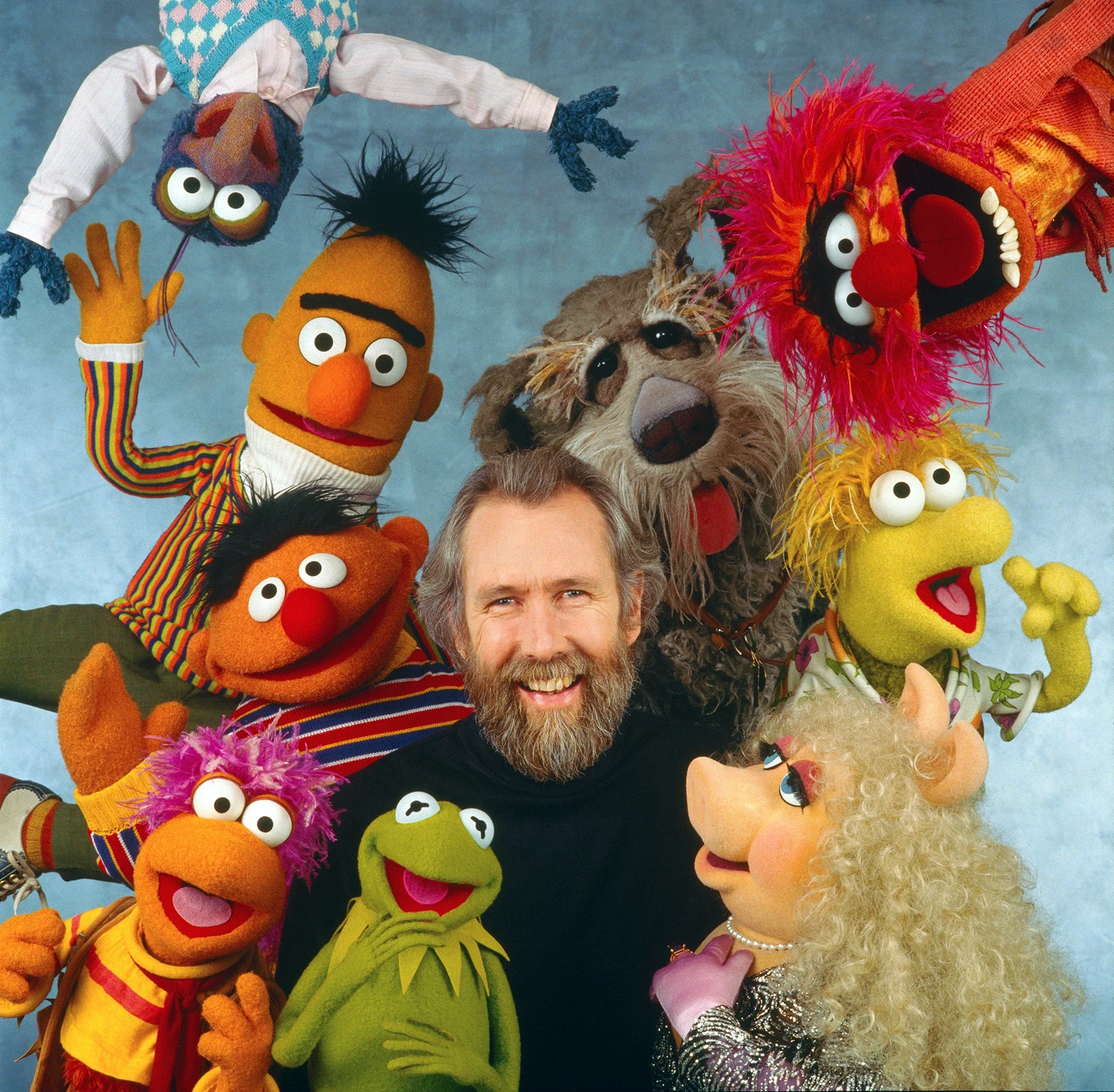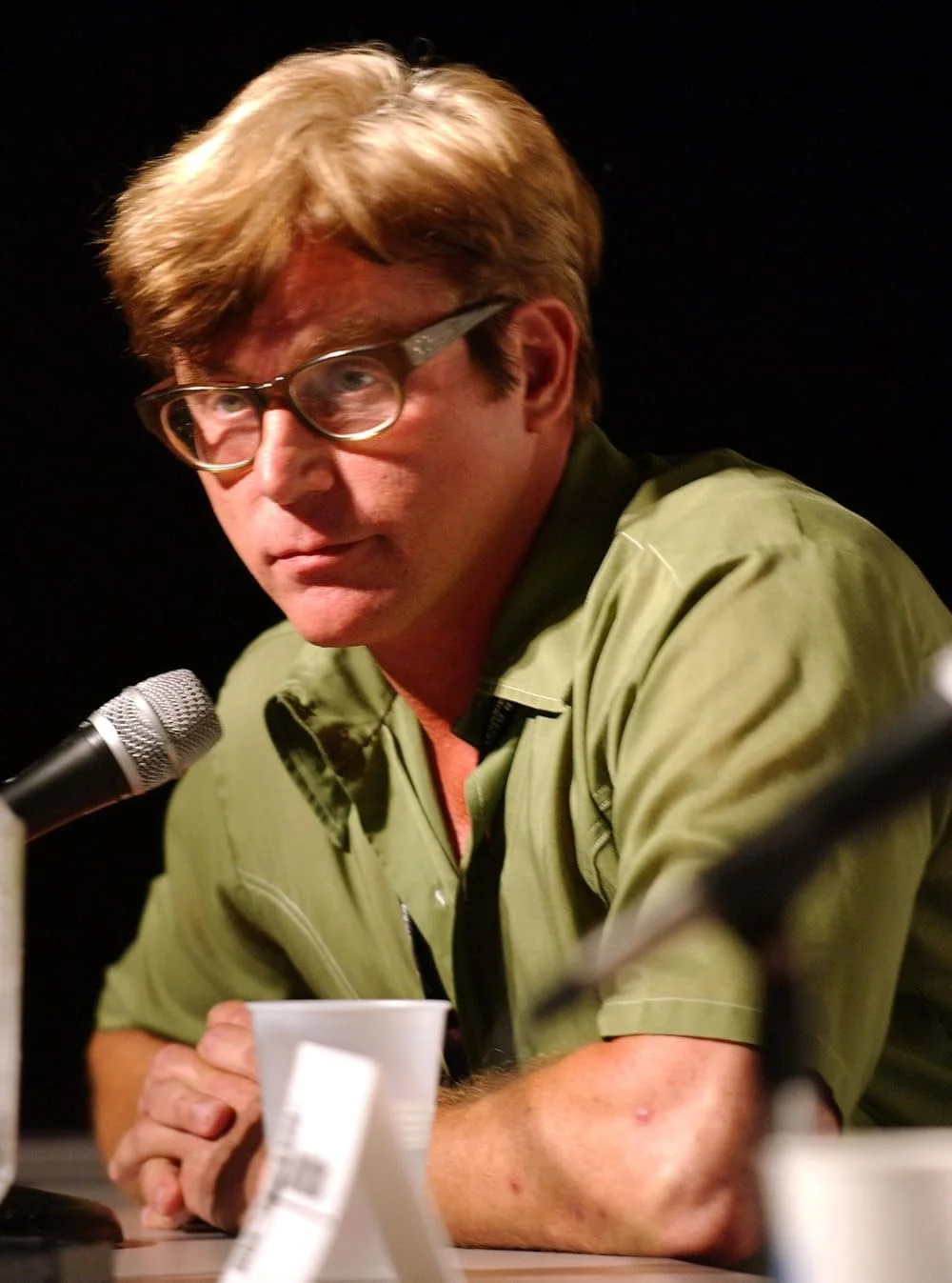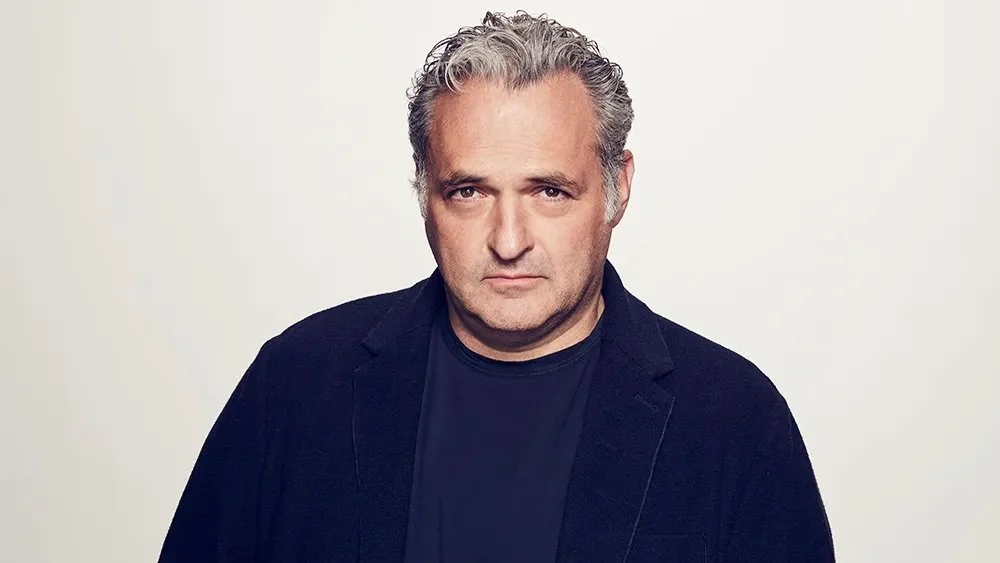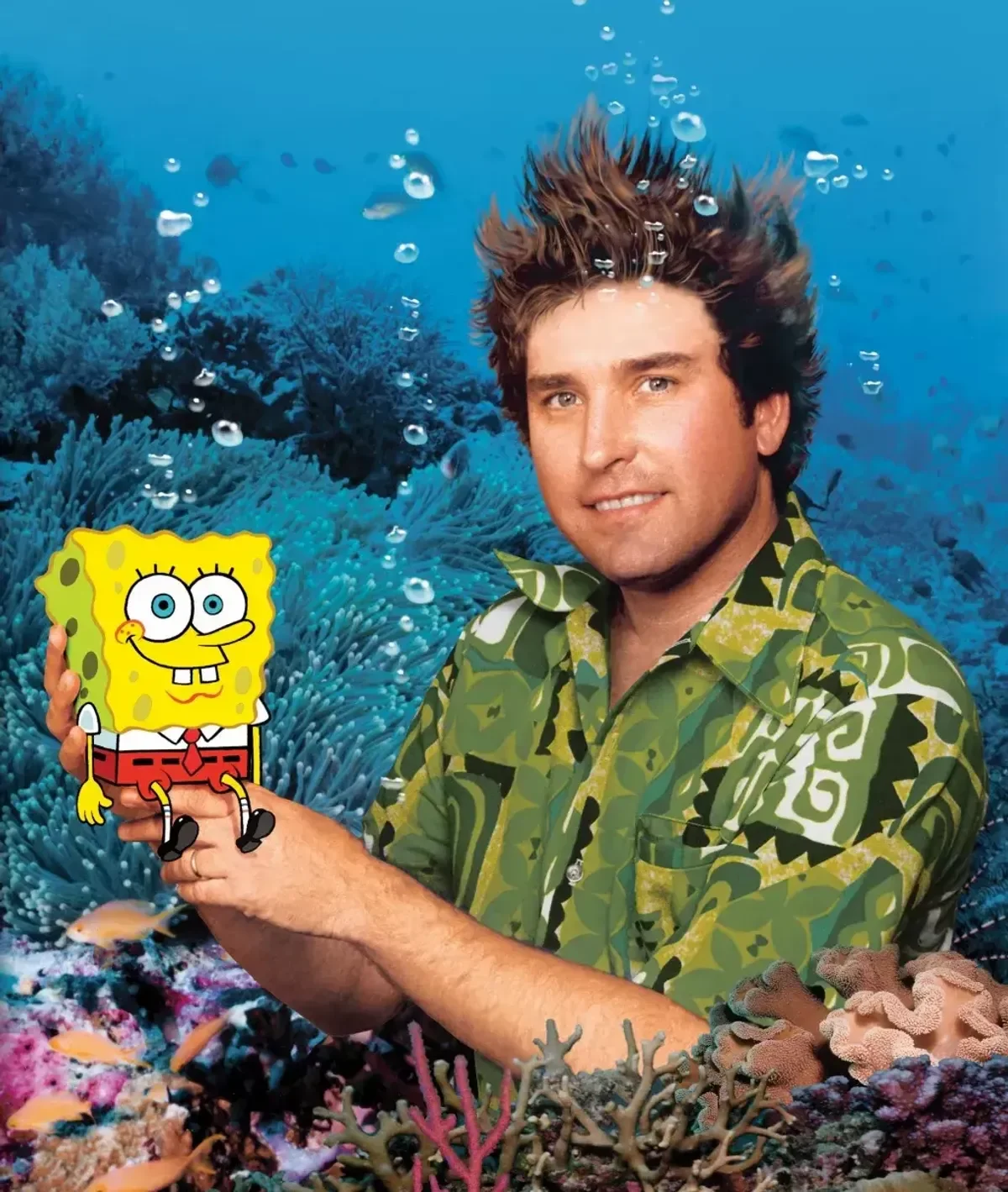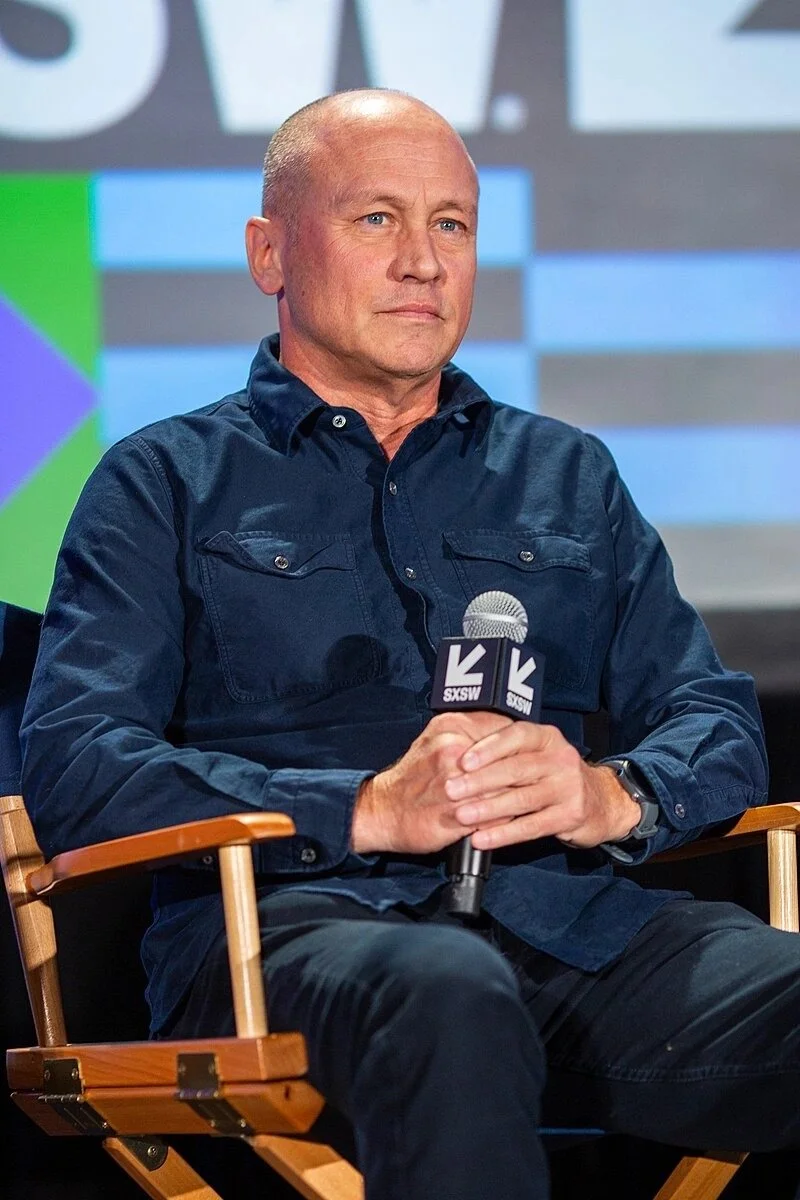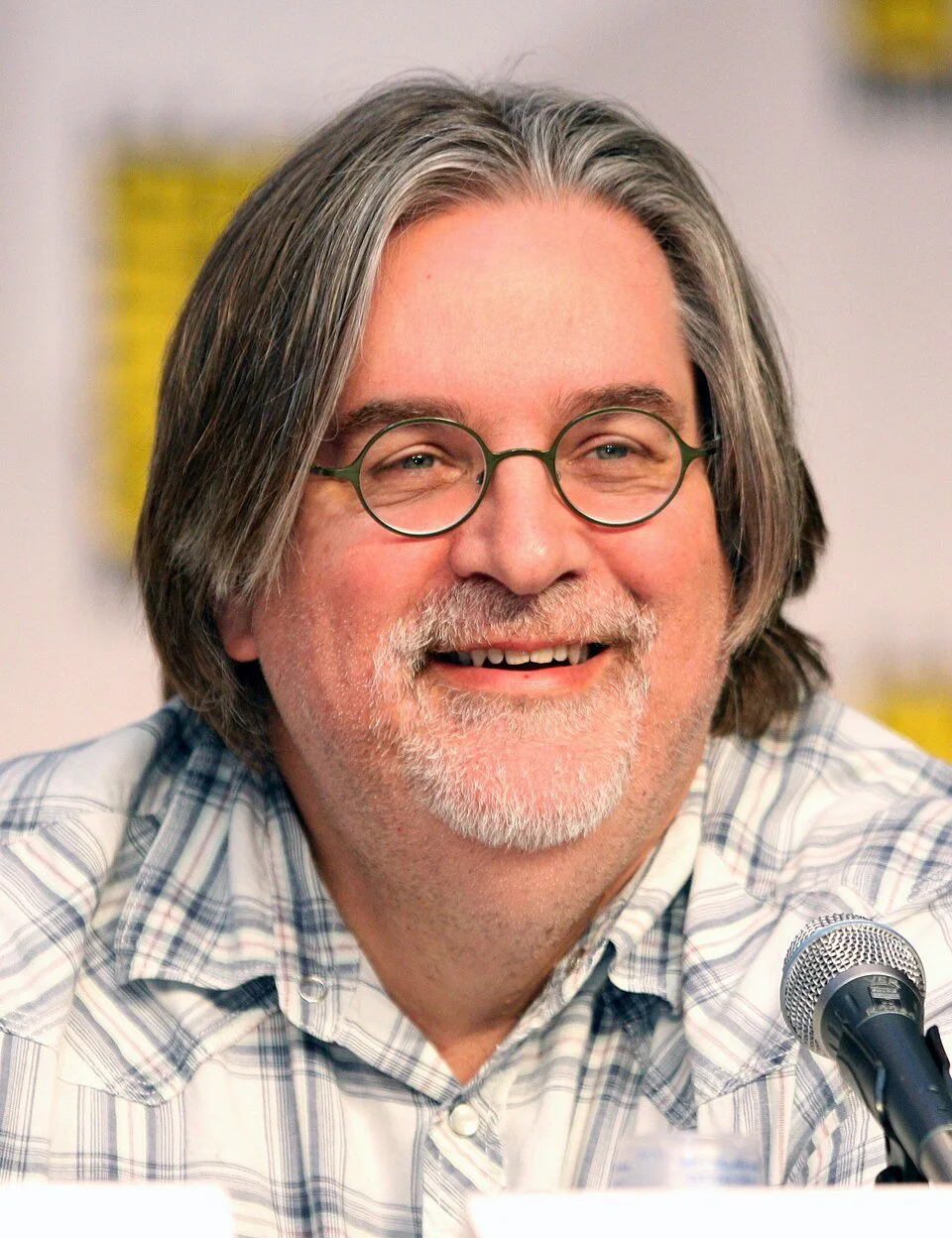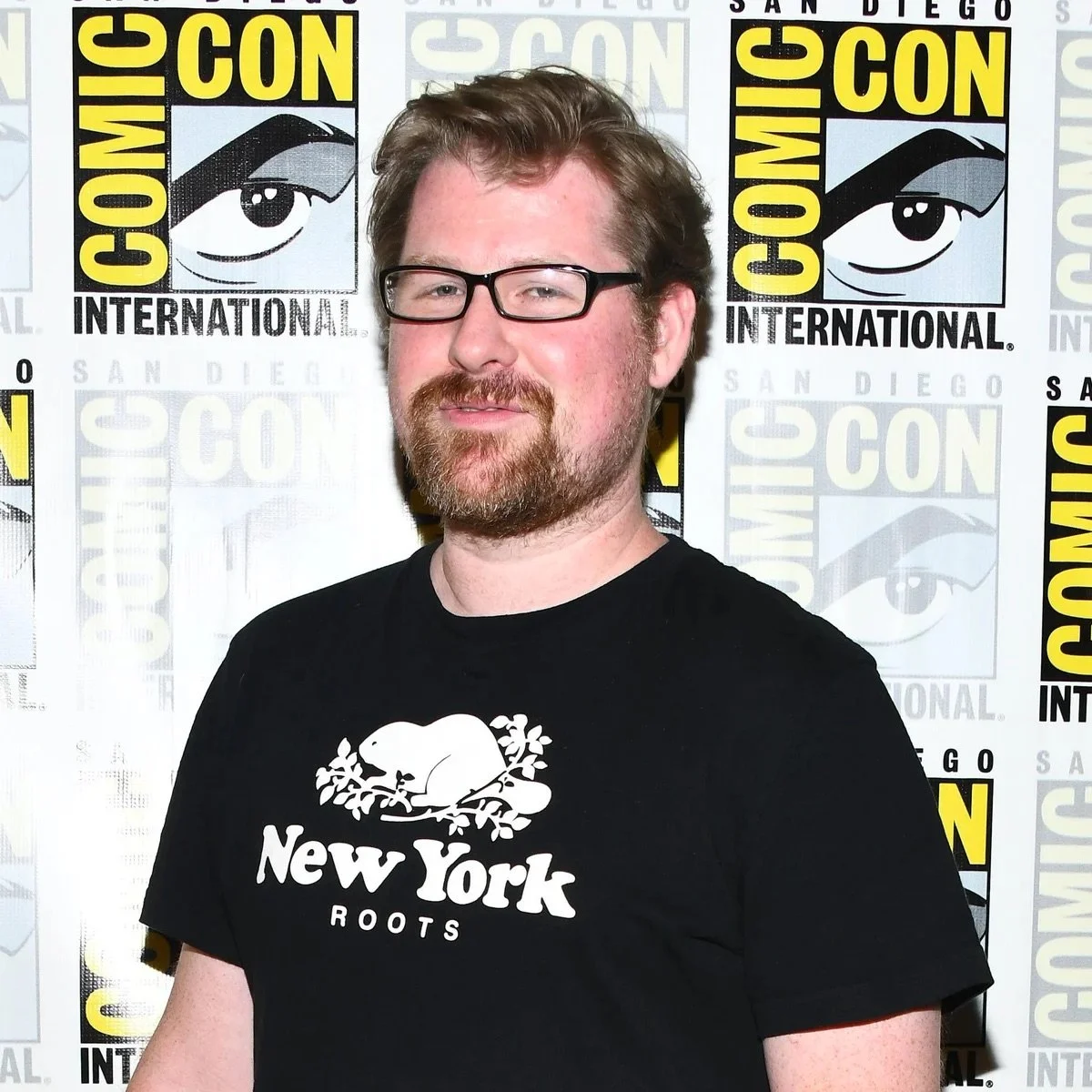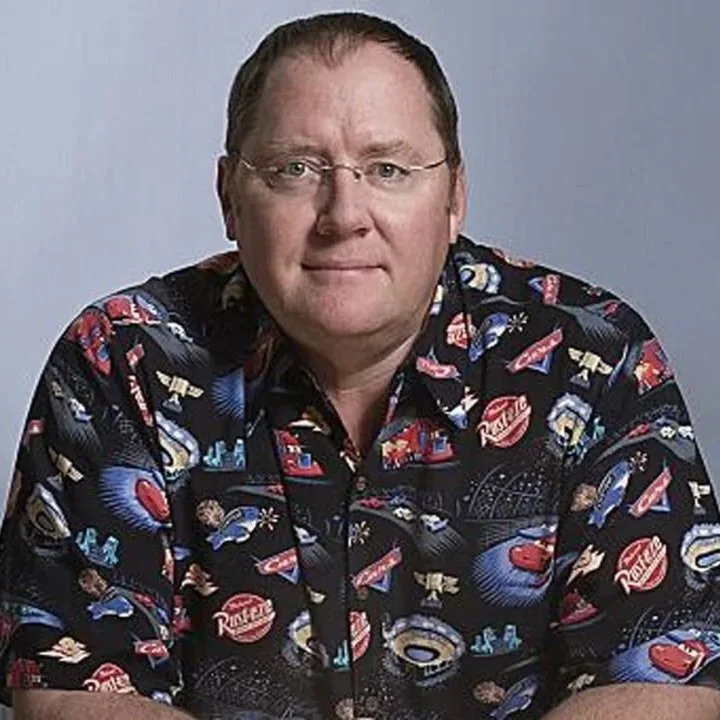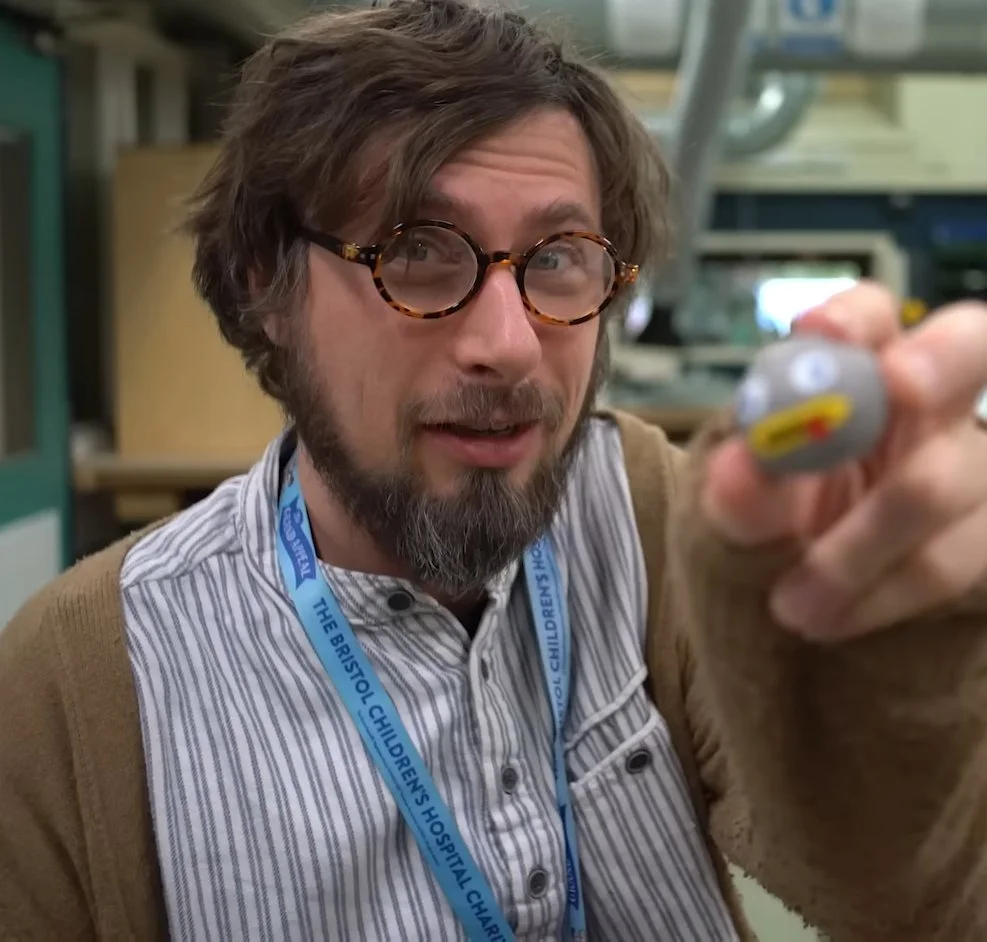
THE HISTORY OF ANIMATION:
An extensive self authorship by: Brandon Redkar

Table Of Contents.
I will be delivering a self-authored presentation on the history of animation, tracing its development from the earliest attempts at creating moving images to the sophisticated techniques used today. This overview will cover key milestones such as the invention of the zoetrope, the pioneering work of early animators like Winsor McCay, the rise of traditional hand-drawn animation, and the transformative impact of computer-generated imagery (CGI). By examining these phases, I aim to provide a comprehensive understanding of how animation has evolved into a diverse and influential medium in contemporary entertainment and media.
Early Foundations (1890s–1930s)
○ Birth of hand-drawn animation
○ First animated features
○ Key pioneers (Cohl, McCay, Reiniger, Disney)
○ Development of movement, timing, and synchronized sound
• Golden Age of American Animation (1930s–1960s)
○ Warner Bros. slapstick era
○ Disney’s feature breakthroughs
○ Shift from theatrical shorts to television
• Japan & The Rise of Anime (1950s–2000s)
○ Post-war anime foundation
○ Studio Ghibli’s global expansion
○ Anime genres & international popularity
• Children’s Animation Expansion (1950s–Present)
○ Educational animation (Sesame Street)
○ Nickelodeon creator-driven era
○ Cartoon Network stylistic boom
• Adult Animation (1970s–Present)
○ Counterculture adult films
○ Satirical sitcoms
• CGI Revolution — Pixar & DreamWorks (1990s–2010s)
○ Pixar’s emotional CGI storytelling
○ DreamWorks’ comedic blockbuster style
○ Industry shift from 2D to 3D
○ Advancements in rendering & simulation
• The 2010s — Streaming Boom & Global Diversification
○ Streaming platforms reshape animation
○ Return of stylized 2D
○ Hybrid animation aesthetics (Spider-Verse)
○ Prestige adult and indie animation
• Whats Next? & Closing Statements
○ AI as a production tool (non-creative tasks)
○ And what the future holds
THROUGH YOUR JOURNEY, PRESS THE CHARACTER ICONS FOR MORE HISTORY!

Early Foundations (1890s-1930s)
Early Foundations (1890s-1930s)
The birth of animation marks a pivotal moment in cinematic history, as experimental filmmakers began exploring techniques such as frame-by-frame drawing, stop-motion, and early character acting. These innovations laid the foundation for animation as a legitimate storytelling medium, moving beyond simple visual tricks to convey complex narratives and emotions. This era of experimentation ultimately culminated in the creation of the first feature-length animated films, solidifying animation's place in the broader world of entertainment and art..
Émile Cohl
Émile Cohl was a pioneering French animator and cartoonist, often regarded as one of the earliest creators of animated films. Born in 1857, he began his career as a caricaturist before transitioning to animation in the early 20th century. Cohl is best known for producing what is considered one of the first fully animated films, "Fantasmagorie" (1908), which featured simple line drawings brought to life through hand-drawn animation. His innovative techniques and imaginative storytelling laid the groundwork for the development of modern animation, influencing the medium's evolution significantly.
Lotte Reiniger
Lotte Reiniger was a pioneering German film director and animator, best known for her work in silhouette animation. She created one of the first full-length animated feature films, The Adventures of Prince Achmed (1926), which is considered a landmark in animation history. Reiniger’s innovative techniques involved intricate cut-out figures and elaborate backlit sets, allowing her to craft visually stunning stories with a unique, shadow-like aesthetic. Her work significantly influenced the development of animation as an art form, and she continued to create films and stage productions throughout her career, leaving a lasting legacy in both animation and filmmaking.
WALT DISNEY
Walt Disney was an American entrepreneur, animator, and film producer who co-founded The Walt Disney Company. He is best known for creating iconic characters such as Mickey Mouse and pioneering the development of animated feature films. Disney's innovative approach to entertainment also led to the creation of Disneyland and Walt Disney World, transforming the theme park industry. His contributions have had a lasting impact on popular culture and the entertainment industry worldwide.
The Fleischer Brothers.
The Fleischer brothers, Max and Dave Fleischer, were pioneering animators and filmmakers who significantly contributed to the early development of American animation. Max Fleischer, an inventor and producer, and Dave Fleischer, an animator and director, co-founded Fleischer Studios in the 1920s. Their studio is best known for creating iconic characters such as Betty Boop, Popeye the Sailor, and Koko the Clown. The Fleischers were notable for their innovative techniques, including the rotoscope, a device that allowed animators to trace over live-action footage for more realistic motion. Their work helped shape the animation industry during its formative years and left a lasting impact on American pop culture.
Windsor McCay
Windsor McCay was a pioneering figure in the history of animation whose innovations laid the groundwork for the medium's development. Best known for his groundbreaking work on Gertie the Dinosaur (1914), McCay demonstrated the potential of animation as a storytelling art form, introducing smooth motion and character personality that were revolutionary for the time. His meticulous attention to detail and use of keyframe techniques influenced generations of animators and helped establish animation as a respected artistic and narrative medium. McCay's blend of technical skill and creative vision set standards for animation quality and pacing that continue to inform the industry today.
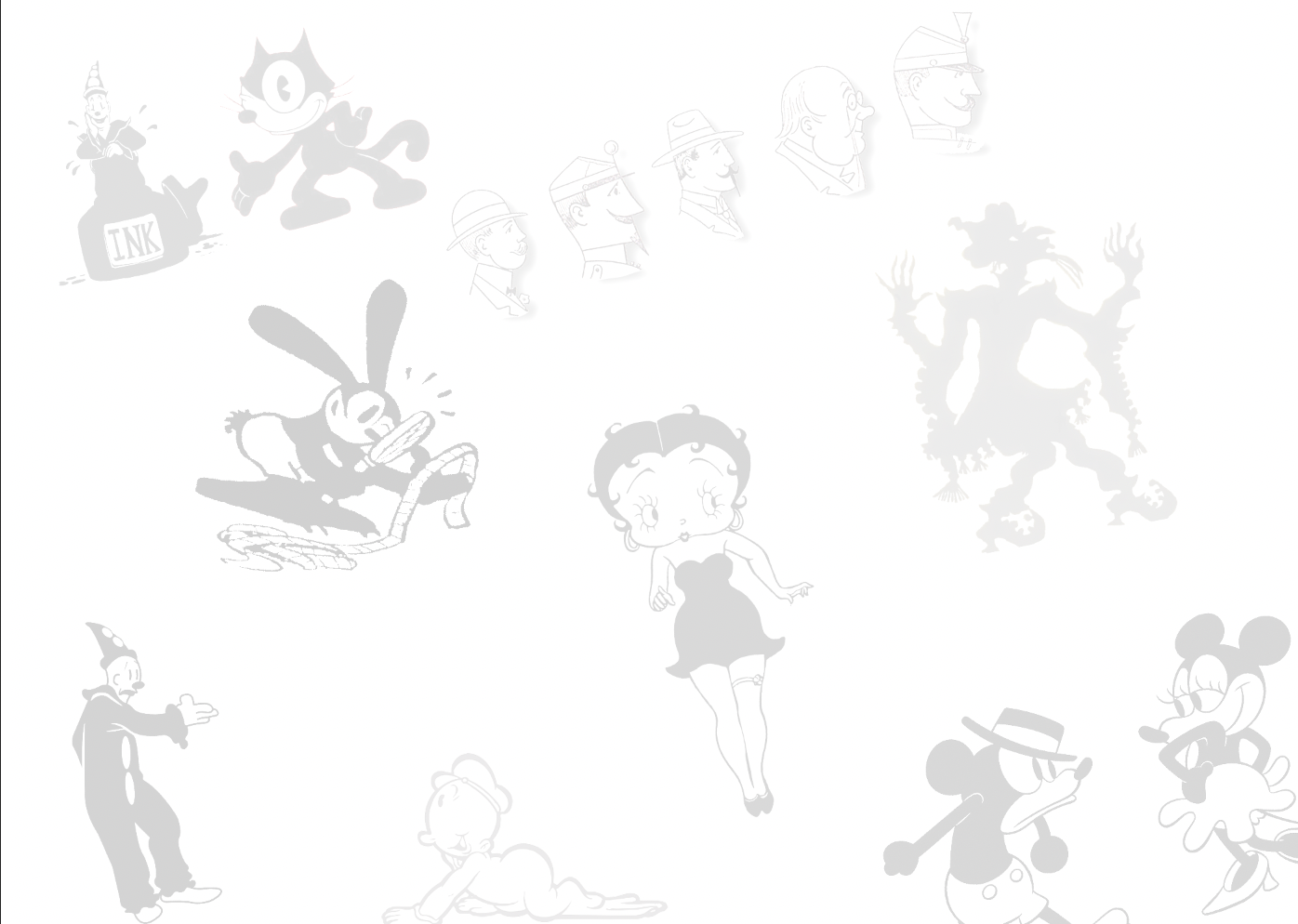
WHAT THIS ERA INSPIRED AND STOOD FOR:
The Early Foundations era of animation, spanning from the 1890s through the 1930s, marked the crucial birth and initial development of hand-drawn animation and laid the essential groundwork for the medium’s future evolution. During this influential period, pioneering animators such as Émile Cohl, Winsor McCay, Lotte Reiniger, and Walt Disney developed groundbreaking techniques that successfully brought static drawings to life, transitioning the art form from simple, brief short clips to the creation of the very first full-length animated feature films. This era witnessed the critical advancement of movement and timing principles, which proved to be essential in producing the convincing illusion of life on screen, as well as the introduction and integration of synchronized sound, a major innovation that completely transformed storytelling possibilities within animation. The numerous innovations and artistic experimentation undertaken during this time inspired a lasting dedication to blending technical craftsmanship with imaginative creativity, ultimately setting the solid foundation and creating the necessary momentum for animation to grow into a powerful and influential form of entertainment and artistic expression.

Golden Age of American Animation (1930s–1960s)
Golden Age of American Animation (1930s–1960s)
The Golden Age of American Animation, spanning from the 1930s to the 1960s, marked a period of significant innovation and creativity in the animation industry. This era saw the rise of iconic studios such as Disney, Warner Bros., and MGM, which produced timeless characters like Mickey Mouse, Bugs Bunny, and Tom and Jerry. Technological advancements, including the development of synchronized sound and the introduction of Technicolor, enhanced the visual and auditory appeal of animated films. The era was characterized by both short theatrical cartoons and the debut of feature-length animated movies, exemplified by Disney's groundbreaking "Snow White and the Seven Dwarfs." This period laid the foundation for modern animation and established many storytelling and artistic standards still influential today.

The Golden Age of Animation, spanning roughly from the late 1920s to the early 1960s, marks a pivotal period in the history of animated filmmaking. This era is characterized by the emergence of iconic studios like Walt Disney Productions, Warner Bros., MGM, and Fleischer Studios, which produced some of the most influential and enduring animated works.
During this time, animation evolved from simple black-and-white shorts to sophisticted, full-length feature films with synchronized sound, color, and more complex storytelling. Walt Disney's Snow White and the Seven Dwarfs (1937), the first full-length cel-animated feature, set new standards for the medium, demonstrating animation's potential as a serious art form capable of eliciting deep emotional responses.
The creators and animators of the Golden Age, such as Walt Disney, Tex Avery, Chuck Jones, and Max Fleischer, pushed the boundaries of the technical craft while experimenting with narrative and character development. Their work cultivated beloved characters like Mickey Mouse, Bugs Bunny, and Betty Boop, who have become cultural icons. The era’s emphasis on quality animation, timing, personality-driven storytelling, and innovative techniques laid the groundwork for modern animation.
The influence of the Golden Age extends far beyond its own era. It established foundational principles of animation—such as squash and stretch, anticipation, and timing—that continue to be taught in animation schools worldwide. Furthermore, it inspired subsequent generations of animators and filmmakers, fostering a legacy of creativity, innovation, and storytelling excellence. The importance of this era lies not only in its technological and artistic advancements but also in its demonstration that animation could serve as both entertainment and a profound cultural medium.
Overall, the Golden Age of Animation remains crucial to understanding the evolution of the art form, maintaining its relevance and inspiring artists and audiences in every generation since.

The Rise of Japan & Anime (1950s–2000s)
The Rise of Japan & Anime (1950s–2000s)
From the 1950s through the 2000s, anime emerged as a groundbreaking cultural force, shaping global entertainment and technology. This period marked the rise of iconic studios and pioneering creators who blended traditional Japanese art with cutting-edge animation techniques. Innovations in storytelling, character design, and technology propelled anime from domestic popularity to international acclaim. Simultaneously, Japan's broader advancements in electronics, robotics, and creative industries fueled this dynamic era, positioning the country as a leader in both cultural and technological innovation. The rise of anime during these decades not only transformed animation but also influenced global media and popular culture..
If you’d like a visual representation, click this video here!

Osamu Tezuka
Osamu Tezuka was a pioneering Japanese manga artist, animator, and producer, often referred to as the "God of Manga." His innovative storytelling and artistic techniques revolutionized the manga industry, influencing generations of artists and shaping modern anime. Tezuka is best known for iconic works such as Astro Boy, Black Jack, and Kimba the White Lion. His legacy extends beyond entertainment, as he addressed complex themes like ethics, medicine,, and human nature, establishing manga as a respected art form worldwide.
Mamoru Oshii
Mamoru Oshii is a renowned Japanese filmmaker and screenwriter best known for his work in anime and live-action films. He gained international acclaim for directing the groundbreaking animated film Ghost in the Shell (1995), which has had a significant influence on science fiction and cyberpunk genres. Oshii's style is characterized by philosophical themes, complex storytelling, and a distinctive visual aesthetic. His contributions have left a lasting impact on both Japanese cinema and global pop culture.
Hayao Miyazaki
Hayao Miyazaki is a renowned Japanese filmmaker and co-founder of Studio Ghibli, celebrated for his masterful storytelling and stunning animation. His works, including classics like My Neighbor Totoro, Spirited Away, and Princess Mononoke, often explore themes of nature, humanity, and fantasy. Miyazaki’s imaginative worlds and richly developed characters have earned him international acclaim and a lasting influence on the art of animated cinema.
Katsuhiro Otomo
Katsuhiro Otomo is a renowned Japanese manga artist, screenwriter, and film director best known for creating the groundbreaking cyberpunk manga and anime film Akira. His work is celebrated for its detailed art, complex storytelling, and influence on the science fiction genre. Otomo's innovative approach to animation and narrative has earned him international acclaim and a lasting legacy in both manga and cinema.
Akira Toriyama
Akira Toriyama is a renowned Japanese manga artist and creator best known for his influential work on the "Dragon Ball" series. His distinctive art style and storytelling have shaped the shonen genre and inspired countless adaptations, including anime, movies, and video games. Beyond "Dragon Ball," Toriyama has contributed to other popular projects like "Dr. Slump" and character designs for the "Dragon Quest" video game series, solidifying his legacy as a pivotal figure in modern manga and pop culture.
Japanese animation, commonly known as anime, has had a profound and lasting influence on Western culture as well as on the creative visions of many future Hollywood directors. It introduced a range of unique storytelling techniques, distinct visual styles, and deeply complex character development that were previously uncommon in Western media. Elements such as nonlinear narratives, morally ambiguous characters, and intricately detailed worlds have significantly challenged and expanded the conventions of Western animation and live-action filmmaking. Prominent directors like Guillermo del Toro, Christopher Nolan, and the Wachowskis have openly acknowledged anime as a major source of inspiration, often incorporating its dynamic action sequences, thematic depth, and imaginative aesthetics into their own cinematic works. This ongoing cross-cultural exchange has not only broadened the horizons of mainstream cinema and popular culture but has also fostered a greater appreciation for diverse narrative forms and innovative artistic expression across the globe.
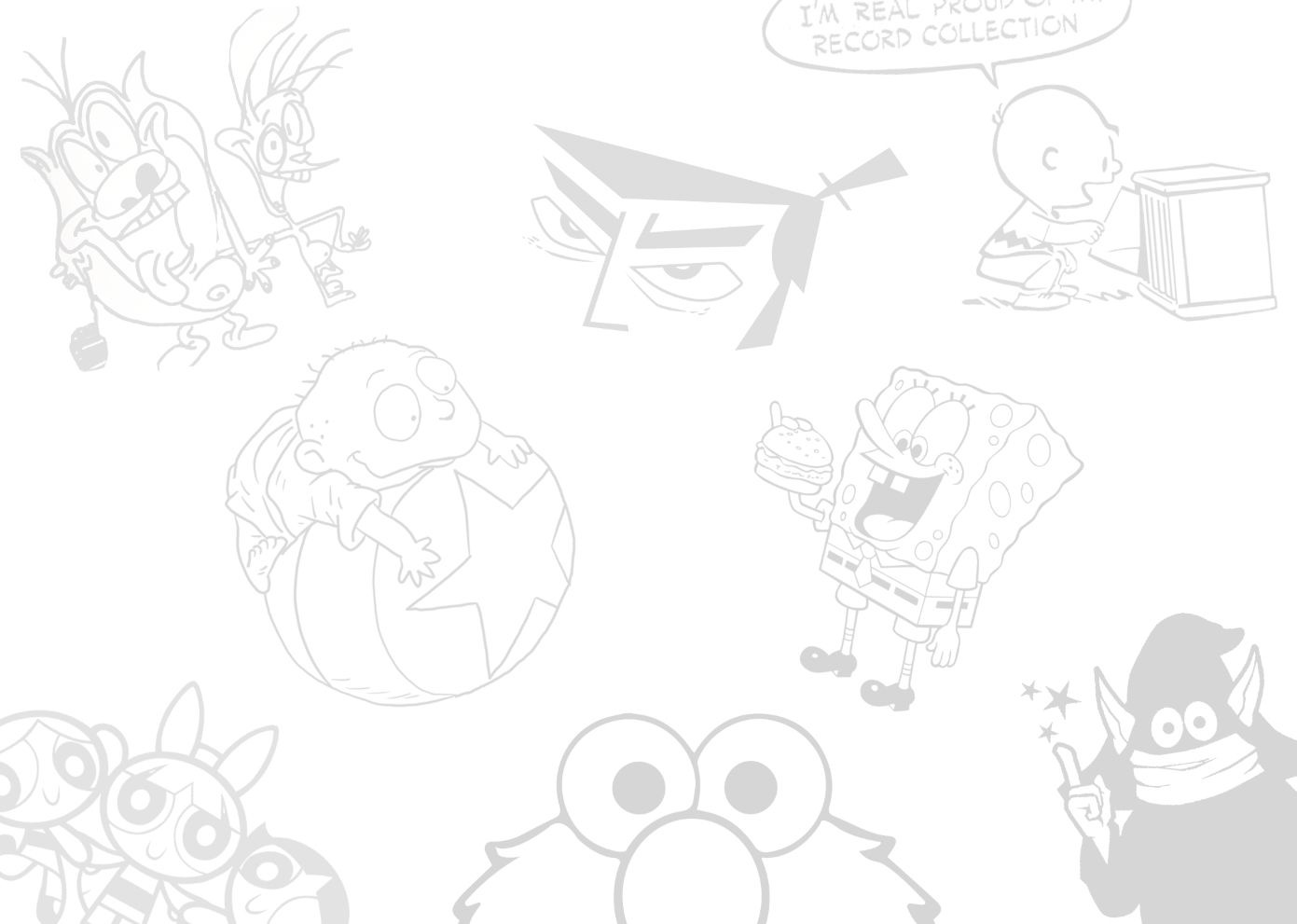
Children’s Animation Boom (1950s–Present)
Children’s Animation Boom (1950s–Present)
Children’s animation has experienced a remarkable boom from the 1950s to the present, evolving from limited television offerings to a diverse, global industry. The 1950s marked the rise of iconic characters and family-focused shows as television became household standard. Advancements in technology and storytelling throughout the decades allowed for more sophisticated animation styles, deeper narratives, and wider audience appeal. The 1980s and 1990s saw the expansion of animated series tied to toy lines, boosting merchandising and franchise potential. The digital revolution of the 2000s opened new creative possibilities with CGI, leading to visually stunning productions and a surge in feature films and TV series. Today, children’s animation spans multiple platforms, delivering content that entertains, educates, and reflects cultural diversity, making it a thriving sector in global entertainment.

Jim Henson
Jim Henson was an influential American puppeteer, filmmaker, and creator best known for founding the beloved Muppets franchise. His innovative work revolutionized puppetry with a unique blend of humor, heart, and creativity, leaving a lasting impact on television and film. Henson’s legacy includes iconic characters like Kermit the Frog and Miss Piggy, as well as groundbreaking projects such as The Muppet Show and Fraggle Rock. His contributions continue to inspire artists and entertain audiences worldwide.
John K.
John Kricfalusi, commonly known as John K, is the creator of the influential animated series The Ren & Stimpy Show. Renowned for his unique, edgy animation style and irreverent humor, Kricfalusi revolutionized cartoons in the early 1990s, pushing boundaries beyond typical children’s programming. However, his career has been marked by controversy, including allegations of inappropriate conduct towards underage fans and professional disputes over creative control. Despite these issues, his impact on animation remains significant, shaping the tone and style of adult and alternative cartoons that followed.
Arlene Klasky & Gábor Csupó
Arlene Klasky and Gábor Csupó are pioneering animators and co-founders of the influential animation studio Klasky Csupo. Together, they are known for creating iconic animated television shows such as Rugrats and Aaahh!!! Real Monsters. Their work is characterized by unique visual styles and storytelling that helped define 1990s animation, leaving a lasting impact on the industry. Klasky and Csupó’s studio played a key role in shaping Nickelodeon’s identity as a hub for creative and distinctive children's programming.
Bill Melendez
Bill Melendez was a pioneering animator and director best known for his work on the beloved Peanuts television specials. Among the first Hispanic figures in American animation, Melendez brought Charles Schulz’s characters to life with distinctive charm and warmth. His contributions helped shape the look and feel of classic holiday specials like "A Charlie Brown Christmas" and "It's the Great Pumpkin, Charlie Brown," making an enduring impact on popular culture. Throughout his career, Melendez demonstrated a unique ability to blend humor and heart, securing his legacy in the world of animation.
Steven Hillenburg
Steven Hillenburg was an American animator, marine biologist, and creator of the iconic animated television series SpongeBob SquarePants. Blending his passion for marine science with his talent for animation, Hillenburg developed a unique, imaginative world that has entertained millions worldwide. His work is celebrated for its humor, creativity, and lasting impact on popular culture.
Craig McCracken
Craig McCracken is an influential American animator, writer, and producer best known for creating groundbreaking animated series such as The Powerpuff Girls, Foster's Home for Imaginary Friends, and Wander Over Yonder. His distinctive style combines vibrant visuals with witty storytelling, appealing to both children and adults. McCracken has been recognized for his contribution to the animation industry with multiple awards and continues to shape the field through innovative projects and creative leadership.
Genndy Tartakovsky
Genndy Tartakovsky is an acclaimed animator, director, and producer known for his distinctive style and influential contributions to animation. He gained prominence as the creator of groundbreaking series such as Dexter's Laboratory, Samurai Jack, and Star Wars: Clone Wars. Tartakovsky’s work is characterized by dynamic action sequences, innovative storytelling, and a strong visual flair that has earned him numerous awards and a devoted fan base. His impact on modern animation continues to resonate, blending creativity with technical skill to shape the industry.
Children's animation has had a profound and lasting impact on creatives and various media types, serving as a powerful catalyst for innovation and cross-disciplinary inspiration. Visionaries like Jim Henson revolutionized puppetry and storytelling with "The Muppets," skillfully blending animation techniques with live performance to engage audiences of all ages in a unique and memorable way. Similarly, Steven Hillenburg's creation of "SpongeBob SquarePants" significantly redefined the boundaries of humor and character design in animation, influencing comedy writing, visual arts, and popular culture across multiple media platforms. Networks such as Nickelodeon and Cartoon Network emerged as vital incubators for original and diverse animated content, fostering new talent and continuously pushing creative boundaries in storytelling and animation styles. This influential era of animation not only shaped television programming but also inspired the development of video games, merchandising, and digital media, contributing to a dynamic and interconnected cultural ecosystem where creative expression and innovation thrive.

The Domination of Adult Animation (1970s–Present)
The Domination of Adult Animation (1970s–Present)
Adult animation refers to animated content specifically created for mature audiences, often exploring complex themes, dark humor, social commentary, and sophisticated storytelling that go beyond traditional children’s cartoons. It stands for creative freedom in animation, breaking conventional boundaries by addressing real-world issues, psychological depth, and culturally relevant topics through a diverse range of styles and narratives. This genre embraces the idea that animation is not limited to children’s entertainment but can be a powerful medium for artistic expression and critical reflection..

Ralph Bakshi
Ralph Bakshi is a pioneering animator and filmmaker known for pushing the boundaries of animated storytelling. Rising to prominence in the 1970s, Bakshi introduced mature themes, urban settings, and socially conscious narratives to animation, challenging the industry’s focus on family-friendly content. His innovative use of rotoscoping and willingness to tackle controversial subjects helped pave the way for adult-oriented animation. Films like Fritz the Cat and Wizards remain influential for their bold artistic style and narrative complexity, inspiring generations of creators to explore animation beyond traditional limits. Bakshi’s contributions have left a lasting mark on both independent and mainstream animation cultures.
Matt Stone & Trey Parker
Matt Stone and Trey Parker are the creative duo behind the groundbreaking animated television series South Park. Known for their sharp satire, irreverent humor, and social commentary, they have significantly influenced modern pop culture. Beyond South Park, they have collaborated on projects such as the musical The Book of Mormon, which received critical acclaim and multiple awards. Their work often challenges norms and provokes thought, blending comedy with pointed cultural critique.
Mike Judge
Mike Judge is a prominent American animator, writer, producer, and director known for creating culturally significant television shows like Beavis and Butt-Head, King of the Hill, and Silicon Valley. His work often blends satirical humor with sharp social commentary, exploring themes related to American life, technology, and workplace culture. Judge's innovative storytelling and distinct comedic style have left a lasting impact on the landscape of adult animation and comedy, influencing a generation of creators and contributing to discussions on societal norms through accessible, entertaining media.
Matt Groening
Matt Groening is a seminal figure in American animation, best known as the creator of The Simpsons and Futurama. His work has profoundly influenced television comedy and pop culture, blending sharp social satire with relatable, often quirky characters. Groening’s distinctive style and storytelling have set new standards for animated series, inspiring countless creators and contributing to the mainstream acceptance of animated programming as a vehicle for adult humor and commentary. His legacy continues to shape the entertainment landscape through innovative narratives and a unique blend of humor and heart.
Seth Macfarlane
Seth MacFarlane is a multifaceted American animator, writer, producer, actor, and singer, widely acclaimed for creating the popular animated television series Family Guy, American Dad!, and The Cleveland Show. His creative work stands out due to its sharp satirical humor, abundant pop culture references, and a distinctive animation style that has become instantly recognizable. Beyond his achievements in television, MacFarlane has made notable contributions to the film industry as well, both directing and starring in successful movies such as Ted and its sequel. Throughout his career, he has been acknowledged for his impressive versatility across different entertainment mediums and for significantly shaping the landscape of modern adult animation.
Justin Roiland
Justin Roiland is an American animator, writer, producer, and voice actor best known for co-creating the hit animated series Rick and Morty. His career has been marked by significant success in the world of adult animation, but it has also faced controversy. Roiland's work is celebrated for its sharp humor and creativity, yet his public and professional image took a hit following various allegations and legal issues that emerged, leading to his departure from projects and the industry. Despite these challenges, his influence on modern adult animation remains notable.
Adult animation has revolutionized modern television by breaking the mold of traditional cartoons and proving that animated series aren’t just for kids—or for your grandma’s Saturday morning. These shows have pushed boundaries, mixed sharp wit with social commentary, and inspired countless creators to take bold risks. Want to dive into this world? Click the icons below, but don’t blame us if you find yourself hooked on humor and stories definitely not meant for nap time.
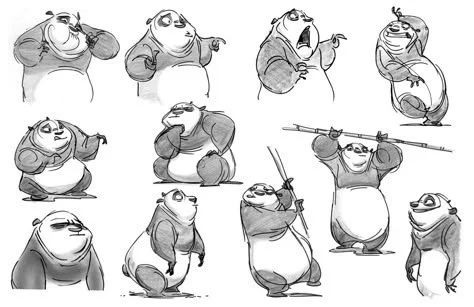
The 3D Animation Revolution (1990s-2010s)
The 3D Animation Revolution (1990s-2010s)
The rise of 3D animation has transformed the entertainment industry, propelled by pioneers like Pixar and DreamWorks. These studios revolutionized storytelling by combining advanced computer graphics with compelling narratives, creating visually stunning and emotionally engaging films. Beginning in the mid-1990s, Pixar's groundbreaking work with "Toy Story" showcased the potential of 3D animation as a mainstream medium. DreamWorks followed with hits like "Shrek," blending humor and technology to appeal to broad audiences. This innovation not only elevated animation as an art form but also expanded its reach across global markets, influencing countless filmmakers and shaping the future of digital storytelling..

PIXAR ANIMATION STUDIOS
Pixar Animation Studios originated in 1979 as the Graphics Group, a division of Lucasfilm focused on computer graphics technology. In 1986, it was purchased by Steve Jobs and became an independent company, quickly establishing itself as a pioneer in computer-animated filmmaking. Pixar’s breakthrough came with the release of Toy Story in 1995, the first-ever fully computer-animated feature film, which revolutionized the animation industry. The studio’s innovative storytelling, technological advancements, and memorable characters have since made it a leader in animation, significantly influencing both popular culture and the evolution of digital filmmaking. Pixar's films continue to garner critical acclaim and commercial success, shaping the future of animated storytelling worldwide.
DREAMWORKS ANIMATION STUDIOS
DreamWorks Animation Studios, founded in 1994 by Steven Spielberg, Jeffrey Katzenberg, and David Geffen, quickly became a powerhouse in the animation industry. Originally created as a division of DreamWorks SKG, the studio established itself with groundbreaking films that combined innovative computer animation with compelling storytelling. DreamWorks Animation revolutionized the market with hits like Shrek, Kung Fu Panda, and How to Train Your Dragon, which not only achieved commercial success but also influenced animation styles and narratives worldwide. Their ability to blend humor, emotional depth, and cutting-edge technology helped push the boundaries of the medium and set new standards for animated feature films.
FOUNDERS:
John Lasseter and Jeffrey Katzenberg are pivotal figures in the animation industry, having significantly shaped the landscape of modern animated filmmaking over the past several decades. Lasseter, a co-founder of Pixar, is widely renowned for pioneering computer-animated feature films that seamlessly combine cutting-edge technology with heartfelt and memorable storytelling, effectively revolutionizing the industry with iconic movies such as Toy Story. Katzenberg, a co-founder of DreamWorks Animation, ushered in a new era of creative storytelling and blockbuster animation hits like Shrek, consistently pushing the boundaries of what animated films could achieve, both artistically and commercially. Together, their visionary leadership and innovative approaches have profoundly influenced storytelling methods, advanced animation techniques, and expanded the global appeal of animated movies. Click their profile shots to watch exclusive interviews and gain valuable insights directly from these influential industry creators.
John Lasseter
John Lasseter, a key figure in animation, helped pioneer computer-generated films, directing landmark works like Toy Story. He drove Pixar’s success and influenced Disney’s digital shift. However, his career ended amid 2017 workplace misconduct allegations. Despite this, Lasseter’s creative impact on animation remains significant, alongside his role as a reminder of the need for ethical conduct in the industry.
Jeffery Katzenberg
Jeffrey Katzenberg, co-founder of DreamWorks Animation, revolutionized the industry by combining innovative technology with compelling storytelling. His work on hits like "Shrek" and "Kung Fu Panda" transformed family entertainment and elevated animation as an art form, inspiring future animators and filmmakers.
The 3D animation revolution fundamentally transformed the animation industry by introducing a new level of realism, depth, and creative possibilities that traditional 2D animation could not achieve. Initially, it expanded storytelling techniques and visual experiences, allowing filmmakers to create immersive worlds and complex characters with unprecedented detail and fluidity. This technological breakthrough also paved the way for advancements in CGI, motion capture, and virtual reality, which continue to influence modern animation. Today, 3D animation remains a cornerstone of the industry, driving innovation in film, video games, and virtual experiences, while shaping audiences’ expectations for visual storytelling. Its legacy is a dynamic fusion of art and technology that promises to push the boundaries of animation into the future.

THE STREAMING ERA (2010-PRESENT)
THE STREAMING ERA (2010-PRESENT)
The streaming era of animation, which gained momentum in the 2010s, played a significant role in the revival of 2D animation. Platforms like Netflix, Hulu, and YouTube provided creators with new opportunities to reach global audiences beyond traditional cable networks. This era saw the rise of acclaimed 2D animated shows such as Adventure Time and Gravity Falls, which combined unique storytelling with distinctive artistic styles, attracting both younger viewers and adults. These shows demonstrated that 2D animation could be innovative and commercially successful, leading to a renewed interest in hand-drawn aesthetics amidst the dominance of 3D animation..

Pendelton Ward
Pendelton Ward played a significant role in shaping western animation during the 2010s through his innovative approach to storytelling and unique visual style. As the creator of Adventure Time, Ward introduced a blend of surreal humor, emotional depth, and imaginative world-building that resonated with both children and adults. His work helped redefine the boundaries of animated television by infusing complex themes with accessible narratives, inspiring a new generation of animators to explore more experimental and character-driven content. Ward’s influence is evident in the increased willingness of western animation studios to embrace offbeat concepts and diverse storytelling formats throughout the decade.
Rebecca Sugar
Rebecca Sugar revolutionized animation in the 2010s through her groundbreaking work as the creator of Steven Universe, a series celebrated for its innovative storytelling, inclusive representation, and emotionally rich characters. As the first non-binary person to create a Cartoon Network show, Sugar broke barriers in a predominantly male industry, inspiring a new generation of women and gender-diverse individuals to pursue careers in animation. Her emphasis on themes of empathy, identity, and LGBTQ+ representation not only challenged conventional narratives but also expanded the creative possibilities for future animators. Sugar’s influence helped foster a more diverse and inclusive animation landscape, making her a pivotal figure in shaping the medium during the decade.
J.G. Quintel
J.G. Quintel significantly influenced animation in the 2010s through his creation of Regular Show, which combined surreal humor with relatable, often nostalgic storytelling. His work stood out for its unique blend of absurdist comedy and character-driven narratives, pushing the boundaries of what animated television could achieve in terms of tone and thematic depth. Quintel’s style helped pave the way for more mature and unconventional animated series on networks like Cartoon Network, inspiring a new generation of animators to explore innovative storytelling techniques and character development within the medium.
Patrick Mchale
Patrick McHale played a significant role in shaping 2010s animation through his distinctive storytelling and artistic style. As the creator of "Over the Garden Wall," McHale brought a unique blend of folklore, surrealism, and melancholy to the mainstream animation landscape, influencing both narrative depth and visual aesthetics in the decade. His work is noted for its rich, atmospheric tone and intricate world-building, which inspired other animators to explore more mature and contemplative themes. Additionally, his contributions as a writer and storyboard artist on "Adventure Time" helped define the era’s shift towards emotionally complex and stylistically diverse animated series.
Raphael Bob-Waksberg
Raphael Bob-Waksberg is an American writer, producer, and comedian best known for creating the critically acclaimed animated television series "BoJack Horseman." His work is characterized by its dark humor and exploration of complex themes such as mental health, addiction, and personal growth. Bob-Waksberg has been praised for his unique storytelling style, blending satire with emotional depth, which has earned him a dedicated following and numerous awards throughout his career. Beyond "BoJack Horseman," he has contributed to other projects in television and literature, establishing himself as a significant voice in contemporary comedy and animation.
Alex Hirsch
Alex Hirsch significantly influenced animation in the 2010s through his creation of the critically acclaimed series Gravity Falls. His work stood out for its clever storytelling, intricate mysteries, and unique blend of humor and heart, appealing to both children and adults. Hirsch’s innovative approach to character development and narrative complexity helped push animated television beyond traditional kids’ programming, inspiring a new wave of content that values creativity and depth. His impact is evident in how Gravity Falls raised standards for serialized storytelling in animation, contributing to the broader acceptance of intelligent, multi-layered cartoons during the decade.
Loren Bouchard
Loren Bouchard played a significant role in shaping 2010s animation through his innovative approach to storytelling and character-driven humor. As the creator of popular series like Bob’s Burgers, Bouchard blended witty dialogue with relatable family dynamics, setting a new standard for animated sitcoms. His work emphasized strong voice acting, musical elements, and a grounded yet quirky narrative style, influencing a generation of animators and writers. Bouchard’s distinct voice helped push adult animation beyond traditional boundaries, contributing to the genre’s expansion in both mainstream appeal and creative diversity throughout the decade..
Zach Hadel & Michael Cusack
Zach Hadel and Michael Cusack emerged as influential figures in 2010s animation through their distinctive blending of surreal humor and unconventional storytelling. Hadel, known for his work on internet series like Smiling Friends, helped push the boundaries of adult animation with dark, absurdist themes that challenged traditional comedic norms. Michael Cusack, an Australian animator behind projects such as YOLO: Crystal Fantasy and Smiling Friends, brought a unique style mixing crude visuals with satirical commentary, reflecting a new wave of independent animators harnessing the internet's reach. Together, they have redefined the possibilities of online animation, emphasizing creative freedom and niche audience engagement. Today, both creators continue to stand for innovation in animation, using their platforms to explore complex, often subversive ideas while cultivating a dedicated fanbase that values originality over mainstream appeal.
The animation era of the 2010s profoundly transformed storytelling by embracing increasingly complex narratives and more diverse, nuanced character development, moving well beyond the traditional, simplistic plots of earlier decades. Humor evolved significantly during this time to include a clever mix of witty dialogue, self-referential jokes, and sharp pop culture satire, successfully appealing to both children and adult audiences simultaneously. Visually, animation styles became notably more varied and experimental, skillfully blending traditional 2D animation with cutting-edge 3D techniques, while incorporating vibrant color palettes and smooth, fluid motion that greatly enhanced emotional expression and audience engagement. These innovative advancements throughout the decade collectively pushed the boundaries of animated content, elevating the medium into a far richer, more sophisticated, and artistically respected form of storytelling.
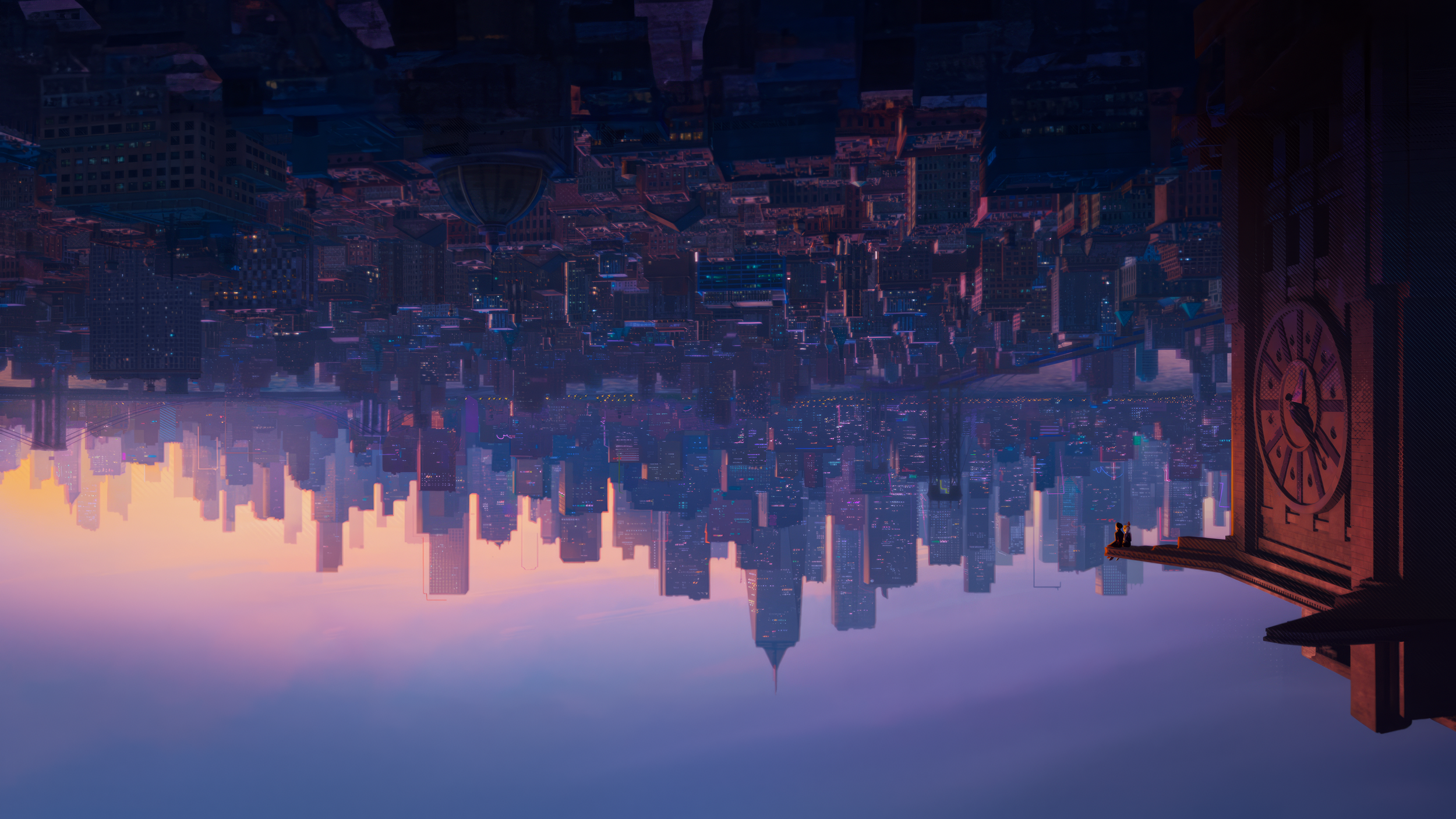
WHATS NEXT FOR THE 2020s & WHATS TO COME?
The 2020s represent a transformative decade for animation, building upon milestones like Into the Spider-Verse (2018) that shifted the industry’s creative and technical paradigms. This film's groundbreaking approach to visual storytelling—melding comic book aesthetics with multi-layered narratives—has inspired a new wave of animated features and series that embrace innovation, emotional depth, and cultural diversity.
Key Studios Shaping the 2020s Animation Landscape
Sony Pictures Animation
Continuing their pioneering work post-Into the Spider-Verse, Sony emphasizes bold visual experimentation and diverse storytelling, embracing both traditional and digital art forms.Pixar Animation Studios
Known for pushing storytelling boundaries through emotional resonance and technical mastery, Pixar explores increasingly complex narratives and diverse character perspectives.Laika
With their focus on stop-motion and tactile artistry, Laika merges classic techniques with modern storytelling sophistication, reinforcing animation’s role as an artisanal craft.Studio Ghibli
While known for traditional hand-drawn animation, Ghibli’s influence persists globally, encouraging a reverence for authentic, heartfelt storytelling and naturalistic visuals.Animal Logic
An innovative studio behind films like The Lego Movie, Animal Logic blends cutting-edge CGI with stylized animation, reflecting the growing hybridity of animated formats.
Emerging Voices to Watch
Janelle Washington
Washington’s work experiments with hybrid animation styles, merging Afro-futuristic themes with graphic novel influences akin to Into the Spider-Verse.Rafique El-Amin
Known for integrating mixed media and kinetic typography, El-Amin explores themes of identity and cultural intersectionality.Sofia Nguyen
Nguyen is acclaimed for her vibrant storytelling that foregrounds underrepresented voices using bold color palettes inspired by street art and comic book visuals.Keon Marshall
Marshall’s animation style stands out through its use of dynamic frame rates and stylized character design reminiscent of Into the Spider-Verse, enhancing narrative pacing.Ada Chen
Chen bridges traditional Asian art motifs with contemporary animation techniques, offering fresh perspectives on heritage and modernity.
The Lasting Impact of Into the Spider-Verse
Into the Spider-Verse redefined what animated films could achieve, combining vivid comic book-inspired aesthetics, a non-linear yet emotionally cohesive story, and inventive visual techniques such as dynamic frame rates and stylized character designs. Its success proved that audience appetite exists not only for polished realism but also for artistic experimentation and cultural depth.
This film’s influence is evident in how modern animated projects embrace mixed media, blend 2D and 3D elements, and prioritize culturally inclusive storytelling that resonates on a universal level. The rise of storytelling complexity—intertwining multiple layers of narrative and visuals—has pushed the medium beyond simple entertainment into realms of artistic innovation and social commentary.
The Rise and Concerns of AI in Animation
Parallel to these creative advancements, the animation industry faces both excitement and apprehension around artificial intelligence. AI-driven tools are accelerating processes like inbetweening, texture generation, and even scripting assistance, enabling studios to experiment faster and reduce production costs. This technological leap potentially democratizes animation, allowing smaller teams and independent creators to compete on larger scales.
However, fears persist regarding AI’s impact on creative employment, originality, and artistic integrity. There is concern that over-reliance on AI could homogenize artistic styles or undermine the human emotional nuance vital to compelling storytelling. The animation community is actively debating how to balance AI advantages with the preservation of artistry, emphasizing responsible integration rather than replacement.
The 2020s stand as a dynamic era where animation continually redefines its boundaries. The revolutionary influence of Into the Spider-Verse, supported by visionary studios and emerging creatives, fosters innovation in both style and narrative. Meanwhile, the cautious embrace of AI technology promises greater efficiency but also demands vigilant stewardship to maintain the heart of animation—its human creativity. This balance will shape not only the medium’s technological evolution but also its cultural and emotional resonance for years to come..
CLOSING STATEMENTS
Animation has been the heartbeat of my creative journey from the earliest days of my childhood, profoundly shaping the way I see the world and express myself. Growing up, the stories and art of animation were far more than mere entertainment—they served as vivid windows into emotions, ideas, and dreams that few other mediums could capture with such clarity and freedom. Writing this timeline was my conscious way of confronting the frequent misunderstanding and disrespect that animation often faces, being dismissed merely as a genre instead of being recognized as the powerful, versatile medium it genuinely is. There are countless stories—complex, imaginative, and deeply human—that simply cannot be told through live action, and animation holds the unique ability to bring these narratives to life in ways that resonate on an entirely different, more profound level. Many of the artists, directors, musicians, and creators I admire continue to draw their inspiration from animation’s bold vision and limitless possibilities. This medium has profoundly influenced my creative goals both then and now, fueling a passion that drives me to honor its rich legacy and contribute meaningfully to its future with the respect and seriousness it truly deserves.

